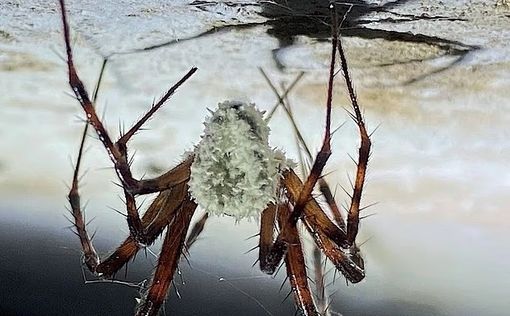Scientists have reported the spread of the rare parasitic fungus Gibellula attenboroughii, which turns spiders into “zombies.” The pathogen invades the host’s body, consumes it from the inside, and alters its chemical processes. Under its influence, spiders abandon their webs, wander into the open, and die there.
After the host’s death, the fungus sprouts fruiting bodies from the spider’s corpse, releasing spores that infect new victims. According to researchers, infected spiders can survive for up to three weeks. Their white, “mummified” remains have been found in basements and attics in the US, in British gardens, and even in caves in the Czech Republic, according to the journal Fungal Systematics and Evolution.
G. attenboroughii was first discovered in 2021 in Northern Ireland during BBC filming, and the species was named after naturalist David Attenborough.
Mycologists emphasize that the fungus cannot infect humans. “That would require millions of years of evolution,” explained expert João Araújo. Still, the phenomenon highlights the astonishing diversity of fungi. Researchers estimate that only about one percent of fungal species have been described, while the total number could reach 20 million.
Similar behavior has also been documented in ants in Brazil’s tropical forests, where related parasitic fungi manipulate their hosts in the same way.




